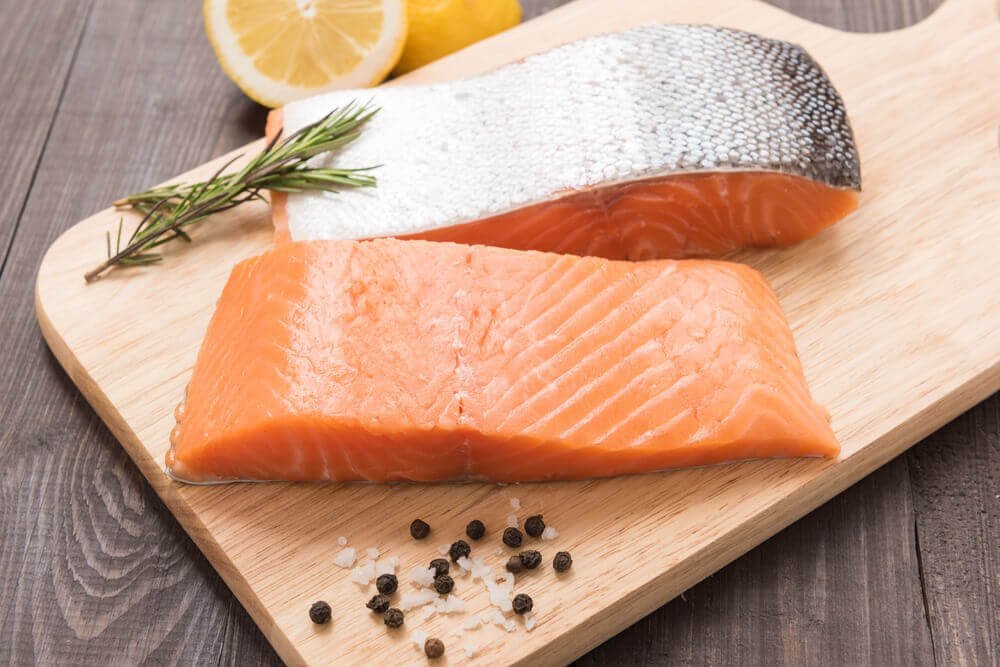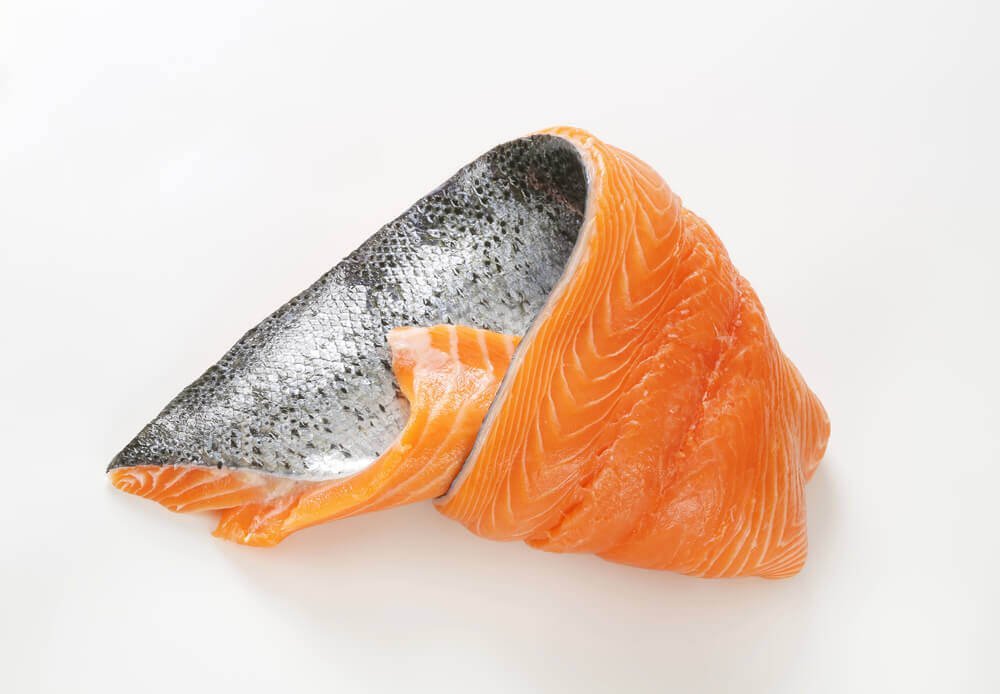Are you also one of those people who love eating, cooking and ordering fish from restaurants? But do you know whether the salmon skin you are enjoying is safe or not? We all know that we can eat many food items without removing their outer layer also and once they are clean they are safe to eat, but can we apply the same logic to salmon skin?
The first thing you need to keep in mind is that salmon skin is safe to eat. Though many people avoid eating salmon skin as they consider it toxic. But little did they know that salmon skin can not only be used to add delicious flavour to your dish but can also make your diet healthy. The reason behind this is that the skin comes with the same kind of nutrients and minerals contained in salmon, which can really help you to improve your diet.

Can You Eat Salmon Skin?
Before having salmon skin in your diet you should always first consider the few facts about it. Although it’s your own wish whether to add salmon skin in your dish or not. But you should be aware of the below information before making your decision.
- The first and the most crucial thing is to check the source and quality of the fish you are planning to cook.
- A high-quality salmon can add a number of benefits to your diet.
- The recipe to cook salmon skin is also very simple and easy to make. It can add a lot of nutritious values in your diet.
- Salmon skin comes with proteins, omega-3 fatty acid, vitamins B and D, selenium, etc.
- Using the proper method for cooking salmon skin can make your dish really delicious and nutritious. Many people prefer to remove the skin just because they don’t know how to properly cook it.
- Due to its numerous benefits U.S Food and Drug Administration (FDA) advises to include it in your diet two or three times a week.

Health Benefits of Salmon
It’s a true fact that salmon skin is a great source of omega-3 fatty acids and our body cannot make these acids on its own. So through including salmon skin in the dish, one can make a way to add these nutritious values in their diet.
The reason behind containing a high concentration of omega-3 fatty acids in the skin is that salmon live in exceptionally cold ocean temperature and their skin helps them to stay warm in the ocean. Omega-3 fatty acids come with various health benefits like:
- They may help you to improve the health of your heart by reducing blood pressure and balancing your heartbeats.
- It can also help you to reduce liver fat.
- It also improves the health of your skin.
- It can prevent diseases like asthma, dementia, diabetes, etc
- Also helps in improving the functioning of the brain.
- A study shows that it can also help in preventing cancer. Food containing a great amount of omega-3 polyunsaturated fatty acids can help in fighting with cancer cells.
How to Cook Salmon?
There are various ways to cook salmon fish and every individual can come up with their own innovative way to cook it. A grilled or fried salmon skin can be really delicious, crunchy to eat added with a bunch of flavours. Some people also prefer smoked, steamed or boiled salmon also but it is not considered very amusing to eat. Leaving the skin on can add many benefits to your plate. There are many ways or recipes to try but the easiest and best to prepare salmon skin is to cook salmon rinds also known as salmon bacon.

Risks and side effects of Salmon Skin?
Before adding salmon skin to your diet you should be well aware of some facts.
Before including the skin in your diet, it is very important to know where the salmon comes from. Salmon lived in contaminated, dirty and degraded water can be harmful to your health. The toxic substances present in the water can be absorbed by the salmon. These toxins can affect the health of a person in various ways. It also increases the risk of exposure to POPs (persistent organic pollutants) which can result in various health diseases.
Chemicals like polychlorinated biphenyls (PCBs) and methylmercury can also be there which are harmful. There are chances of absorbing these hazardous chemicals from polluted water and food. The more the salmon remains in contact with these toxic substances, the more harmful it will become over time.
So, it is very important to check the source of salmon so that it cannot have any side effects. Some people prefer to eat wild-caught salmon also in order to avoid the risks. But it is also advised to know the source of wild-caught salmon also before including it in your diet.
Conclusion
Including salmon skin in your diet is safe, keeping in mind the quality of the salmon and source it comes from. Salmon skin can really add a number of nutritious values to your plate if it belongs from a good source. It can add a lot of nutrients in your plate if cooked properly and farmed from a good source.

